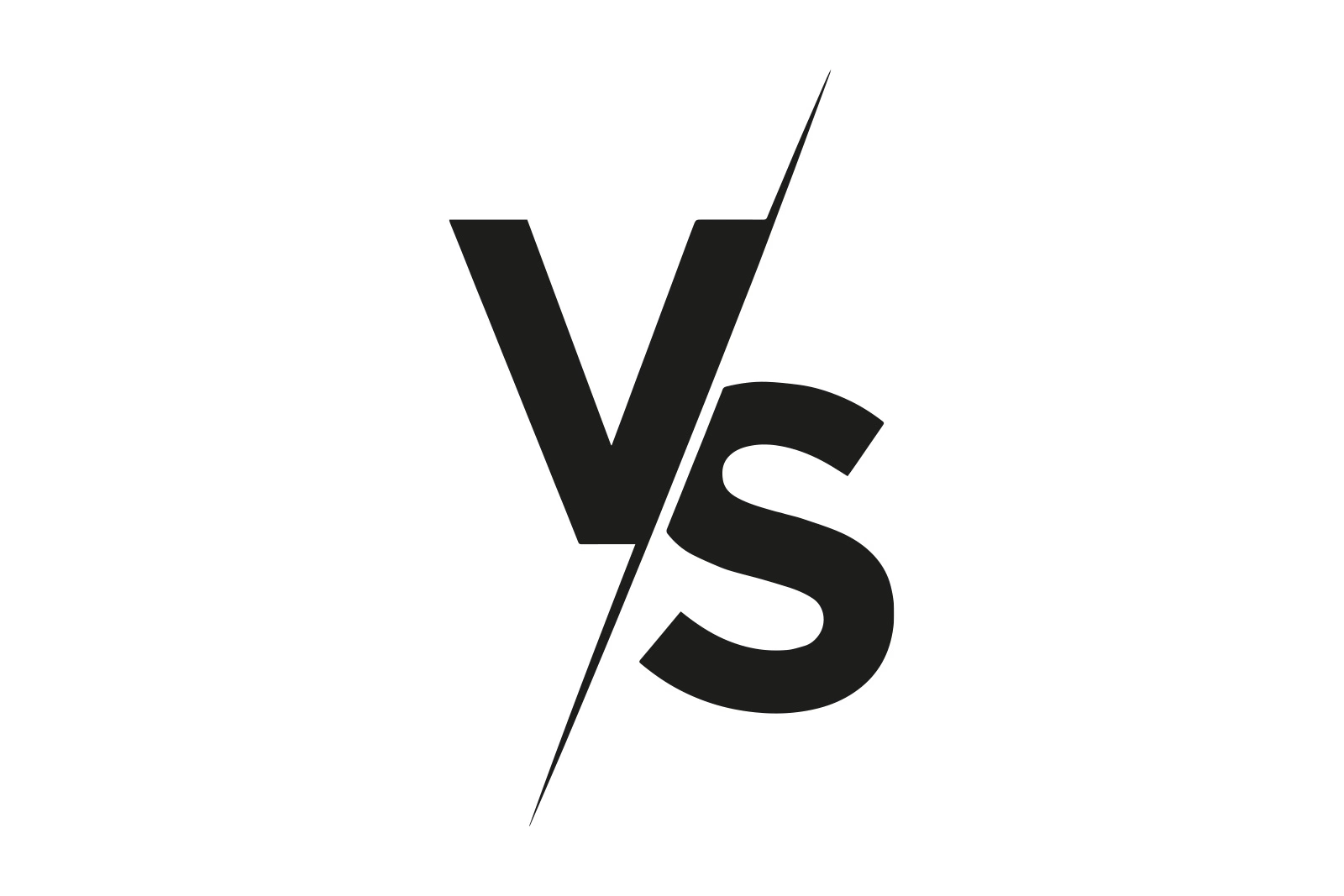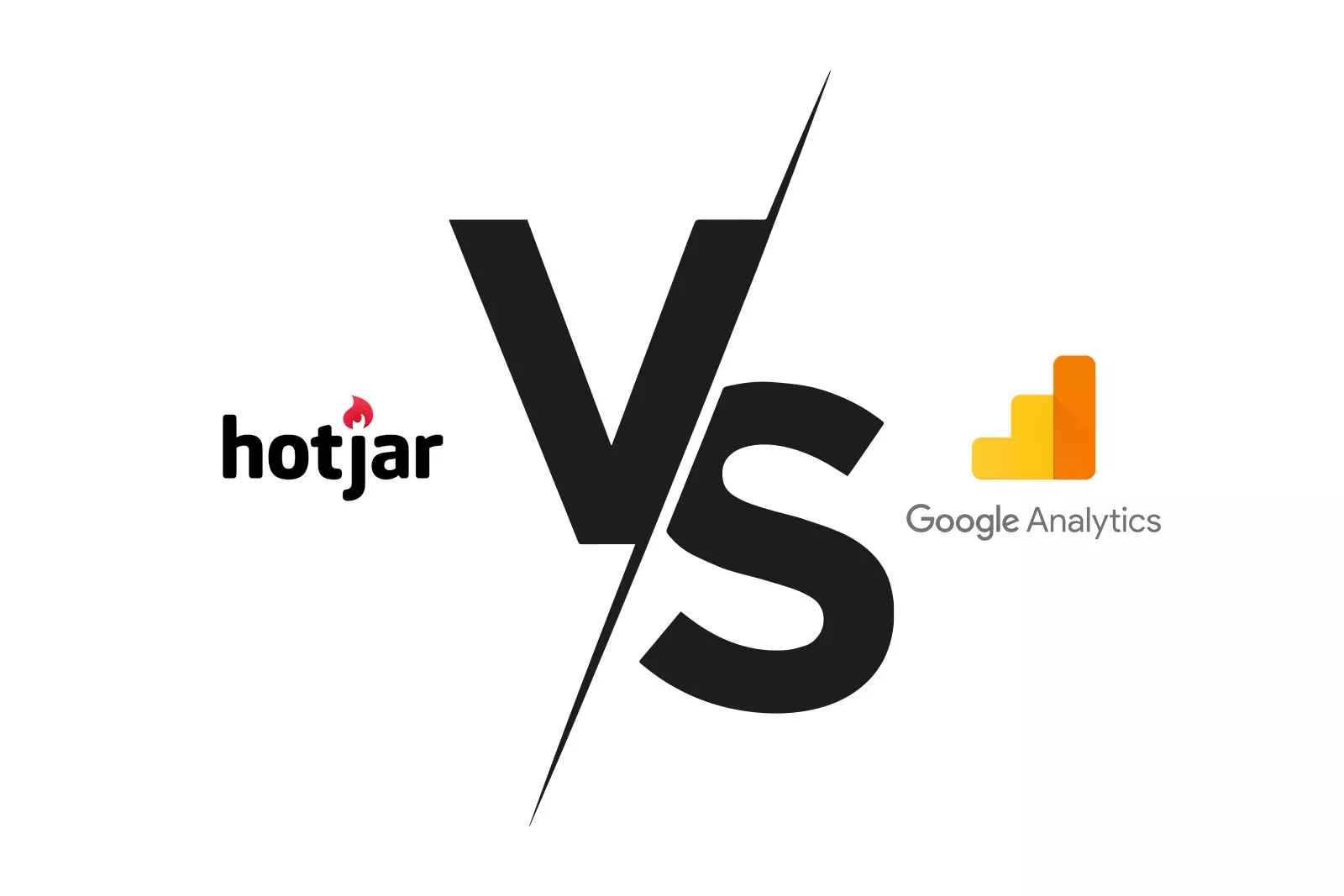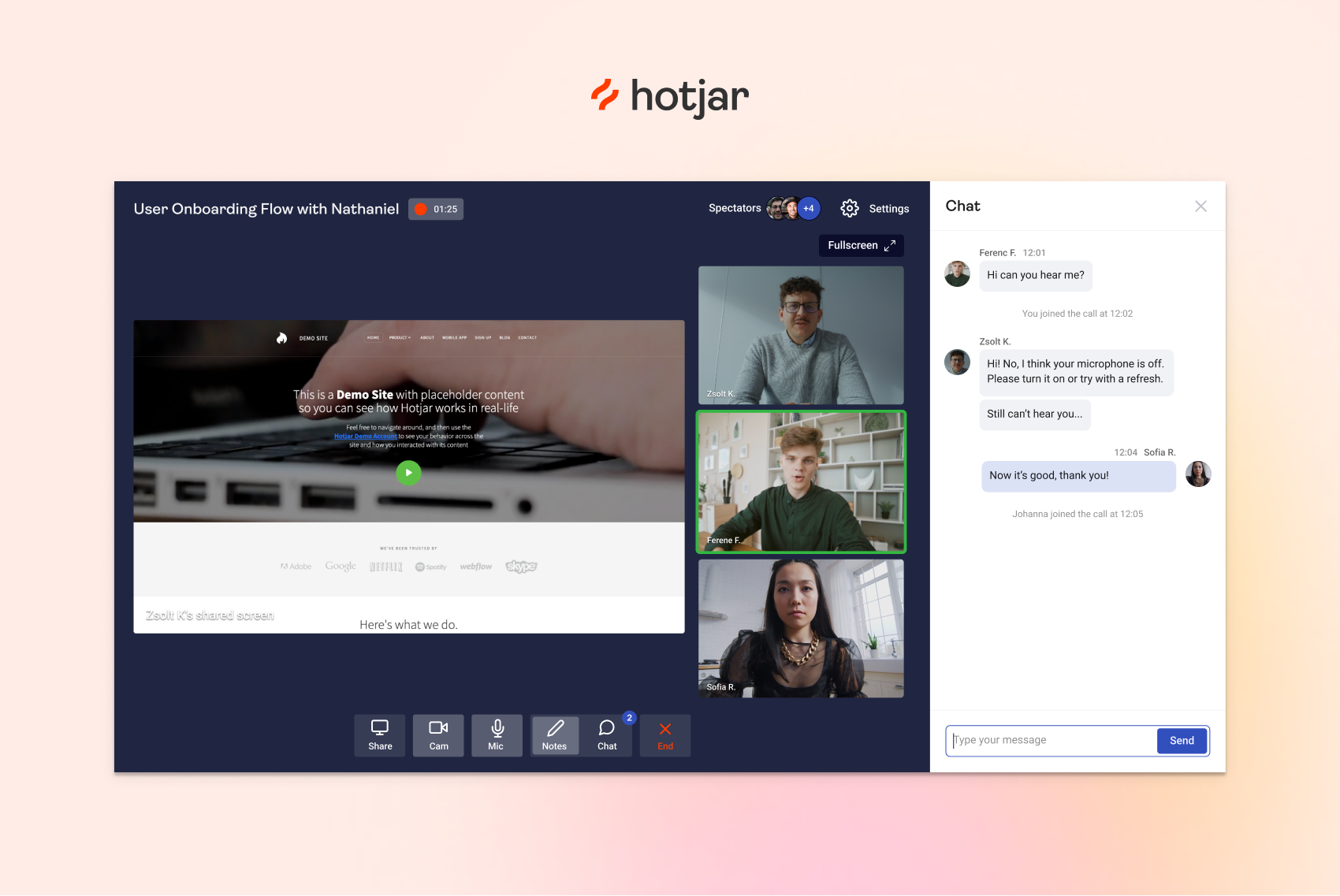As an online business owner, you must know how your users interact with your web app, landing page, website, or...
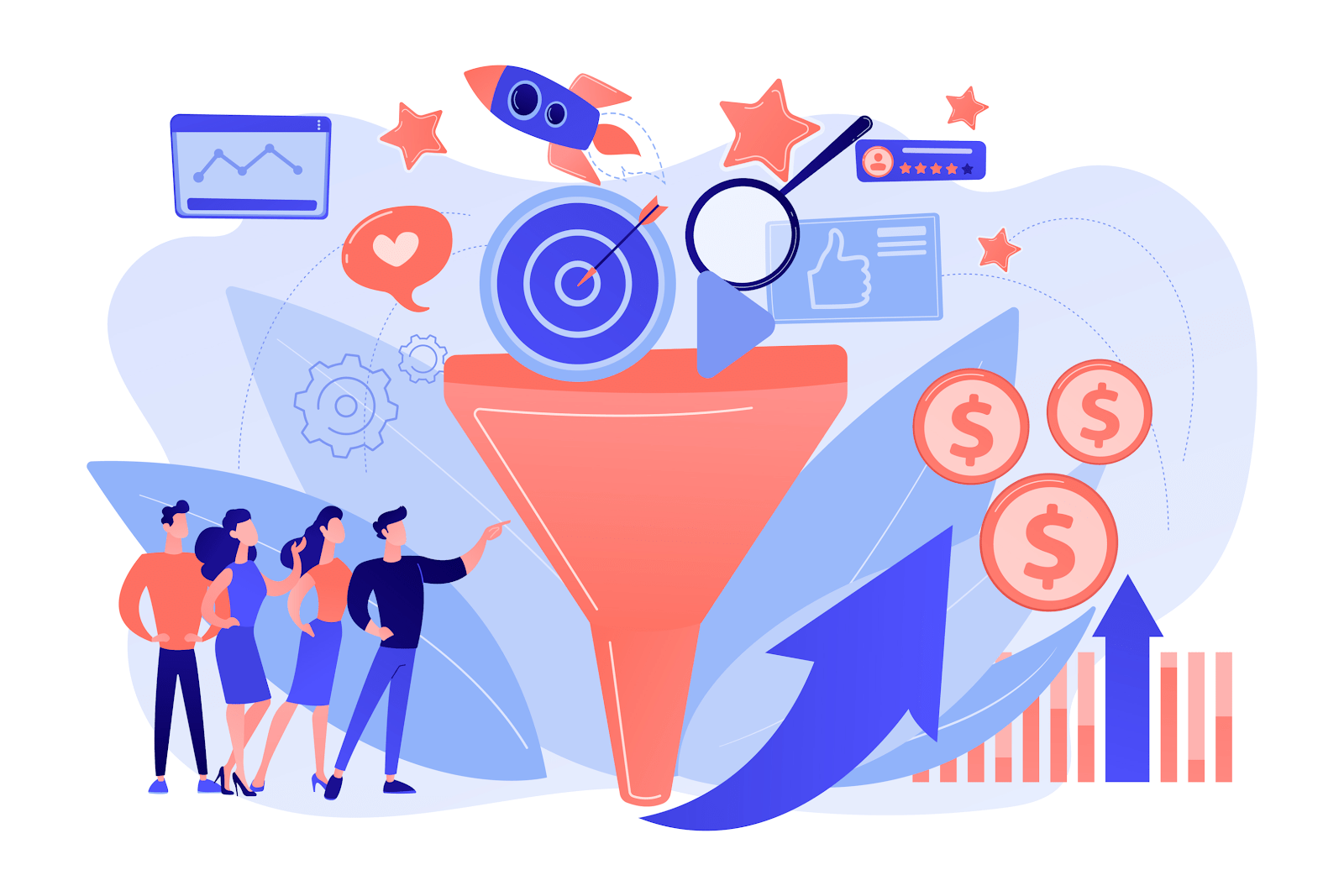
What Is A Conversion Funnel And Why Is It Important? (Full Guide)
In today’s competitive digital market, every click could lead to either a treasure trove or a dead end. If you want to stand out from the competition, understanding the map to success is crucial.
But what exactly is that map?
An effective conversion funnel is your secret weapon to crafting a customer journey that not only delights but converts. Read on to learn more about conversion funnels, funnel optimization, analysis tools, and the tools you need to create the perfect conversion funnel.
What is a Conversion Funnel?
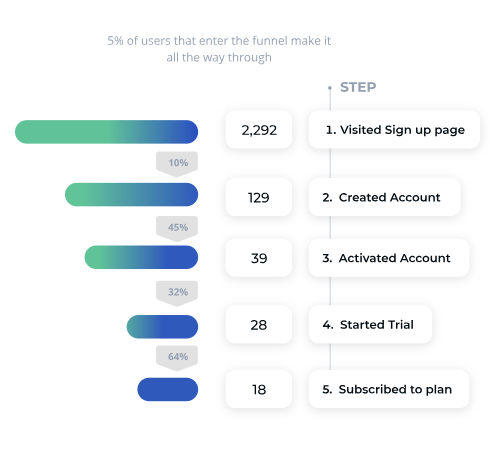
A conversion funnel is the journey a website visitor goes through from their first interaction with your business, up until the point that they’re a customer.
This is the essence of a conversion funnel, also known as a sales funnel – a strategic model used to describe the journey a customer takes from the first spark of awareness about your brand to the ultimate goal of conversion (be it a sale, a sign-up, or any other action).
The Three Stages of the Traditional Conversion Funnel
The conversion funnel is a crucial model in the digital marketing space, illustrating the customer journey from awareness to action. This journey is typically broken down into three critical stages:
Top
The top of the funnel is all about awareness. It’s where potential customers first lock eyes with your brand, but aren’t that particularly interested yet.
From a wider perspective, top-of-the-funnel customers are discovering new companies, figuring out what they need, and finding potential solutions. This means you’re in competition with other brands for customers at this stage, underlining the importance of an effective conversion funnel.
Middle
The middle of the funnel is where customers’ interests bloom. They know what they need and they’re looking to find the right solution. Customers are weighing their options, and your job is to woo them further down the funnel. Remember, you’re still competing with other brands.
Bottom
The bottom of the funnel is where the magic happens – decisions are made, and actions are taken. Customers have done their due diligence, weighed their options, and are ready to make a purchase.
At this last stage of the customer journey, your goal is to turn leads into paying customers.
Elements of a Traditional Marketing Funnel
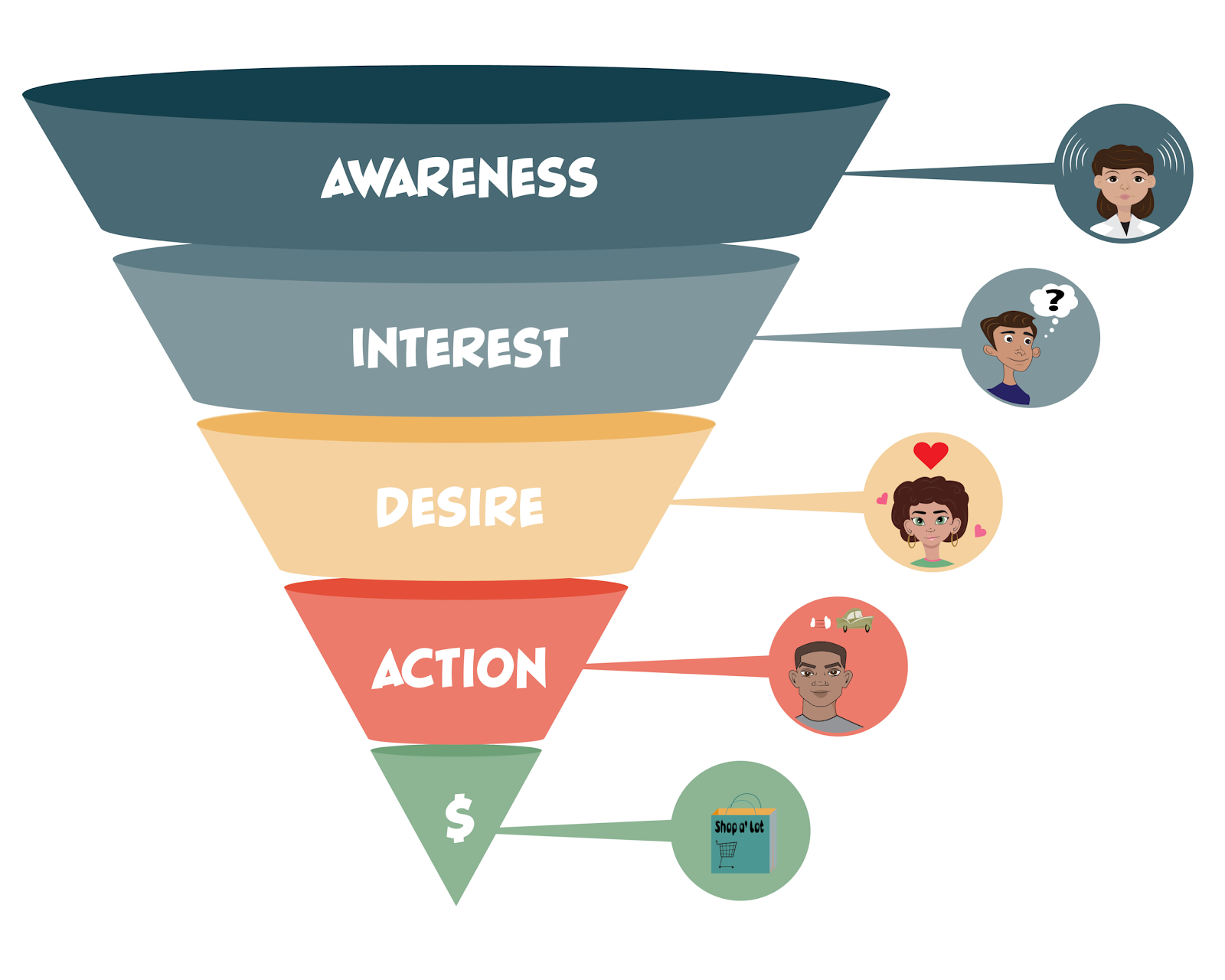
Now that you know the answer to the question “What is a conversion funnel?”, it’s time to look deeper into the customer journey.
The conversion funnel is segmented into four critical stages: Awareness, Interest, Desire, and Action. Each stage plays an important role in nurturing the customer’s journey towards conversion, requiring distinct strategies and approaches.
Awareness: The First Glimpse
The journey kicks off with Awareness, the stage where customers first cross paths with your brand. They might know a little about your brand but aren’t aware of anything deeper than what the average customer sees at a surface level.
At this point, your goal is to make a memorable impression, ensuring that your brand stands out in a sea of competitors. This stage is less about selling and more about introducing, focusing on visibility and reach to plant the seeds of interest.
Interest: Sparking Curiosity
Once you’ve caught their eye, the next step is to spark their Interest. Now that they’re aware of your brand, customers start to wonder whether you offer something they need or want.
This is where targeted content comes into play, offering valuable information, insights, or entertainment that resonates with their specific needs or challenges. It’s about showing them that you understand their problems and have the expertise to solve them.
Engaging blog posts, insightful newsletters, and compelling social media content are tools of the trade here, designed to pull them deeper into the sales funnel.
Desire: Creating Demand
With their interest piqued, customers move into the Desire stage of the conversion funnel. It’s no longer just curiosity; they’re now considering your offering as a viable solution to their needs. At this stage, your messaging shifts towards creating a sense of need or urgency.
Testimonials, case studies, and detailed product demonstrations can play a pivotal role in showcasing the benefits and unique value proposition of your product or service.
Action: Sealing the Deal
Finally, the journey culminates in the Action stage, where desire translates into a definitive decision to purchase, subscribe, or engage with your brand. This is the moment of truth, where your efforts in guiding them through the funnel are put to the test.
Clear, compelling calls-to-action (CTAs), an easy and seamless checkout or sign-up process, and perhaps a timely nudge or offer can be the final push they need to take the plunge. It’s crucial to eliminate any friction or doubts at this stage, ensuring that taking action feels like the natural next step for the customer.
Conversion Funnel Optimization Strategies
Let’s go back to the conversion funnel stages. Customers at each of these stages will have different wants, needs, and opinions about your brand. Therefore, your company’s conversion funnel requires optimization to ensure that it’s always pushing customers deeper into the funnel.
Optimizing your conversion funnel will tie closely with your marketing strategy. Below are several ways you can improve your marketing efforts based on each conversion funnel stage:
Top of Funnel
At the Top of the Funnel, your main goal is to increase brand visibility among your target market and attract as many potential customers as possible. Here’s how are several strategies you can employ:
SEO (Search Engine Optimization): Optimize your website and content to rank better in search engine results pages (SERPs). This ensures that when potential customers are looking for information related to your industry, your brand shows up on the first page of the search engine.
Social Media Marketing: Utilize platforms where your target audience spends most of their time. Engage with them through regular posts, stories, and interactive content. Start conversations and build a community around your brand.
Content Marketing: Create valuable, relevant content that addresses the needs and interests of your audience. This could be in the form of blog posts, videos, infographics, or podcasts. The aim is to provide so much value that potential customers can’t help but pay attention to your brand.
Middle of Funnel
In the middle, focus on customer engagement and deepening customers’ interest in your brand. Here are potential strategies:
Email Marketing: Segment your email list to send personalized, targeted messages to target customers based on their interests and behaviors. Use nurturing campaigns to educate them about your product or service, share customer testimonials, and provide exclusive content that’s not available elsewhere.
Targeted Ads: Use retargeting campaigns to stay in front of prospects who have engaged with your brand but haven’t yet converted. Platforms like Google Ads and social media advertising allow you to target ads based on specific actions taken on your website, ensuring your brand remains top of mind.
Compelling Content: At this stage, content should go beyond general awareness and aim to solve specific problems or answer detailed questions. Use case studies, webinars, and detailed guides to provide deeper insights into how your product or service can address the unique needs of your audience.
Bottom of Funnel
At the Bottom of the Funnel, the focus shifts to conversion. The potential customer is on the brink of making a decision, and your job is to make that decision as easy and appealing as possible:
Optimize Landing Pages: Ensure that your landing pages are clear, concise, and compelling. Every element from the headline and copy to the images and CTAs should be optimized to drive conversions. Use A/B testing to find the most effective combinations.
Streamline the Checkout Process: Minimize friction in the checkout or sign-up process. The fewer steps and the simpler it is to convert, the better. Offer multiple payment options, clear instructions, and reassurance with security badges or guarantees.
Irresistible Offers: Sweeten the deal with offers that are hard to refuse. This could be a limited-time discount, free shipping, a bonus product, or access to exclusive content. Create a sense of urgency and scarcity to encourage immediate action.
Conversion Funnel Analysis
In all three stages of the conversion funnel, you want to avoid what’s called a funnel drop, or essentially a customer abandoning the funnel before they complete the desired action. Regular analysis of your conversion process helps prevent this.
Conversion funnel analysis determines if your conversion funnel is working as well as it should be. It aims to identify bottlenecks, drop-off points, or areas of friction that may deter or delay a potential customer’s journey towards conversion.
Crucial KPIs in Conversion Funnel Analysis
When conducting conversion funnel analysis, understanding Key Performance Indicators (KPIs) helps you figure out what you’re doing wrong and how to employ a more customer-centric marketing strategy.
Let’s expand on the significance of each KPI and how they contribute to a deeper understanding of your funnel’s performance:
Retention Rate
The Retention Rate measures the percentage of customers who continue to engage with your brand over time. A high retention rate indicates that customers find ongoing value in your offerings, suggesting that your customer satisfaction and loyalty programs are hitting the mark.
Optimizing for retention involves analyzing customer feedback, improving product quality, and creating engaging loyalty programs.
Repurchase Rate
Closely linked to retention, the Repurchase Rate focuses on the frequency with which customers return to make additional purchases. Essentially, it measures the volume of your repeat customers.
This KPI is especially relevant for businesses that thrive on repeat business, such as e-commerce platforms. A healthy repurchase rate signals that customers are satisfied with their initial purchase and trust your brand enough to buy again.
Enhancing this metric requires a deep dive into product quality, customer service excellence, and personalized marketing efforts to encourage repeat engagements.
Customer Lifetime Value (CLV)
CLV refers to the total revenue a business can expect from a single customer throughout their relationship. It’s a powerful indicator of long-term business health and profitability.
Strategies to enhance CLV include improving product offerings, customizing the customer experience, and implementing effective upselling and cross-selling tactics.
Average Order Value (AOV)
AOV tracks the average amount spent each time a customer makes a purchase. It’s a direct reflection of purchasing behavior and the perceived value of your offerings.
Elevating AOV often involves strategic pricing, bundling products, and creating incentives for higher-value purchases, such as free shipping thresholds or exclusive access to premium products.
Add to Cart & Cart Abandonment Rates
These metrics offer insights into the online shopping experience and potential barriers to purchase. A high add-to-cart rate suggests effective product discovery and interest, while a high cart abandonment rate signals issues in the checkout process or second thoughts about the purchase.
Addressing these issues might involve streamlining the checkout process, offering more payment options, and implementing abandoned cart recovery strategies like follow-up emails or retargeted ads.
Click Conversion Rate (CCR)
CCR measures the effectiveness of your CTA buttons in compelling users to take a desired action, be it signing up for a newsletter or completing a purchase.
A low CCR could indicate unclear messaging, poor design, or a mismatch between the CTA and the user’s expectations. Optimizing CCR involves A/B testing different CTAs, refining messaging, and improving the overall user interface to make the desired action as straightforward as possible.
Conversion Rate
The ultimate barometer of your funnel’s health, the Conversion Rate, measures the percentage of visitors who take a desired action out of the total number of visitors. It encapsulates the effectiveness of your entire conversion funnel, from initial awareness through to the final action.
Conversion rate optimization requires a holistic approach, addressing each stage of the funnel with targeted strategies to remove obstacles, enhance the user experience, and make the value proposition irresistible.
The Role of Web Analytics in Conversion Funnel Optimization
Web analytics helps you track where you’re losing customers and where you’re winning them over, allowing for data-driven decisions to enhance the customer journey. It has several functions, including:
Understanding User Behavior: Analyzes user interactions, identifying what attracts, engages, and causes them to leave.
Identifying Drop-off Points: Pinpoints where users exit the funnel, allowing for targeted improvements.
Measuring Conversion Success: Sets and tracks conversion goals to gauge funnel effectiveness.
A/B Testing and Optimization: Utilizes data for testing variations in pages, CTAs, and messages to improve conversion rates.
Segmenting Audience for Personalized Marketing: Enables audience segmentation for more tailored marketing efforts.
- Enhancing User Experience: Informs usability enhancements for a better overall user experience.
- Informing Content Strategy: Guides content strategy by identifying what content types and topics engage users most.
Competitive Analysis: Provides benchmarks against competitors, helping set realistic goals and improvement strategies.
Customer Churn Analysis: Tracks patterns that lead to customer churn, also known as customer attrition.
How FullSession Creates a Conversion Funnel That Works
Conversion funnel creation, optimization, and analysis don’t have to be a tedious process. FullSession’s suite of tools offers deep insights into customer behavior, pinpointing where potential customers drop off and why.
Here are specific FullSession features that make conversion rate optimization a breeze:
Heatmaps: A website heat map shows you what items your customers are interacting with and which ones they ignore. Mouse movement and click maps can help you fix potential navigational issues, identify distractions, and optimize content placement.
Customer Feedback: FullSession comes with customer feedback tools that collect instant feedback from new or paying customers, which would help you address frustration points.
Advanced Market Segmentation: You need to know who your customers are if you’re going to make an efficient conversion funnel. FullSession provides clear insights into both demographic and psychographic data, allowing you to create a better buyer persona and, in turn, more targeted marketing campaigns.
Conversion Funnel Tracking: FullSession’s customer journey tracking tools track your conversion rates and other related data, such as time to convert, percentage of converted users, and more.
FullSession Pricing Plans
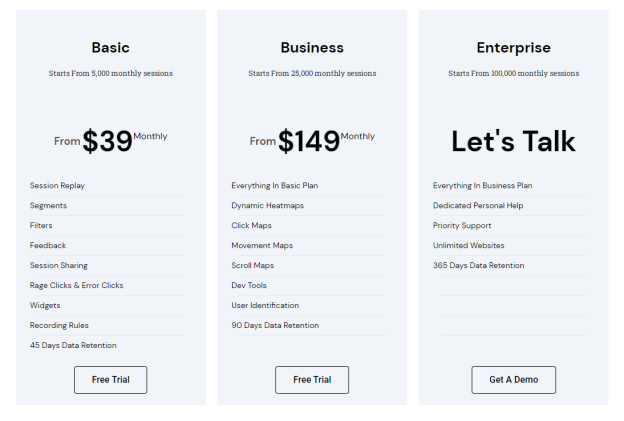
The FullSession platform offers a 14-day free trial. It provides two paid plans—Basic and Business. Here are more details on each plan.
The Basic plan costs $39/month and allows you to monitor up to 5,000 monthly sessions.
The Business plan costs $149/month and helps you to track and analyze up to 25,000 monthly sessions.
The Enterprise plan starts from 100,000 monthly sessions and has custom pricing.
If you need more information, you can get a demo.
Final Thoughts
Mastering the art of the conversion funnel is no small feat, but with the right approach and tools like FullSession at your disposal, it’s entirely within reach.
Remember, the goal is to create a customer journey that’s not just a path to purchase but a memorable adventure that keeps them coming back for more. So, roll up your sleeves, dive into your data, and start optimizing your conversion funnel today.
Get Insights Into Your Website Funnel With FullSession
It takes less than 5 minutes to set up your first website or app feedback form, with FullSession, and it’s completely free!
FAQs About Conversion Funnels
How often should I analyze my conversion funnel?
Aim for at least a quarterly review, though more frequent checks can help catch issues early.
Can I apply conversion funnel strategies to any business?
Absolutely! While the specifics might vary, the principles of guiding potential customers through a journey to conversion are universal.
Is web analytics complicated?
It can seem daunting, but tools like FullSession are designed to make it accessible, offering clear insights and actionable data.

